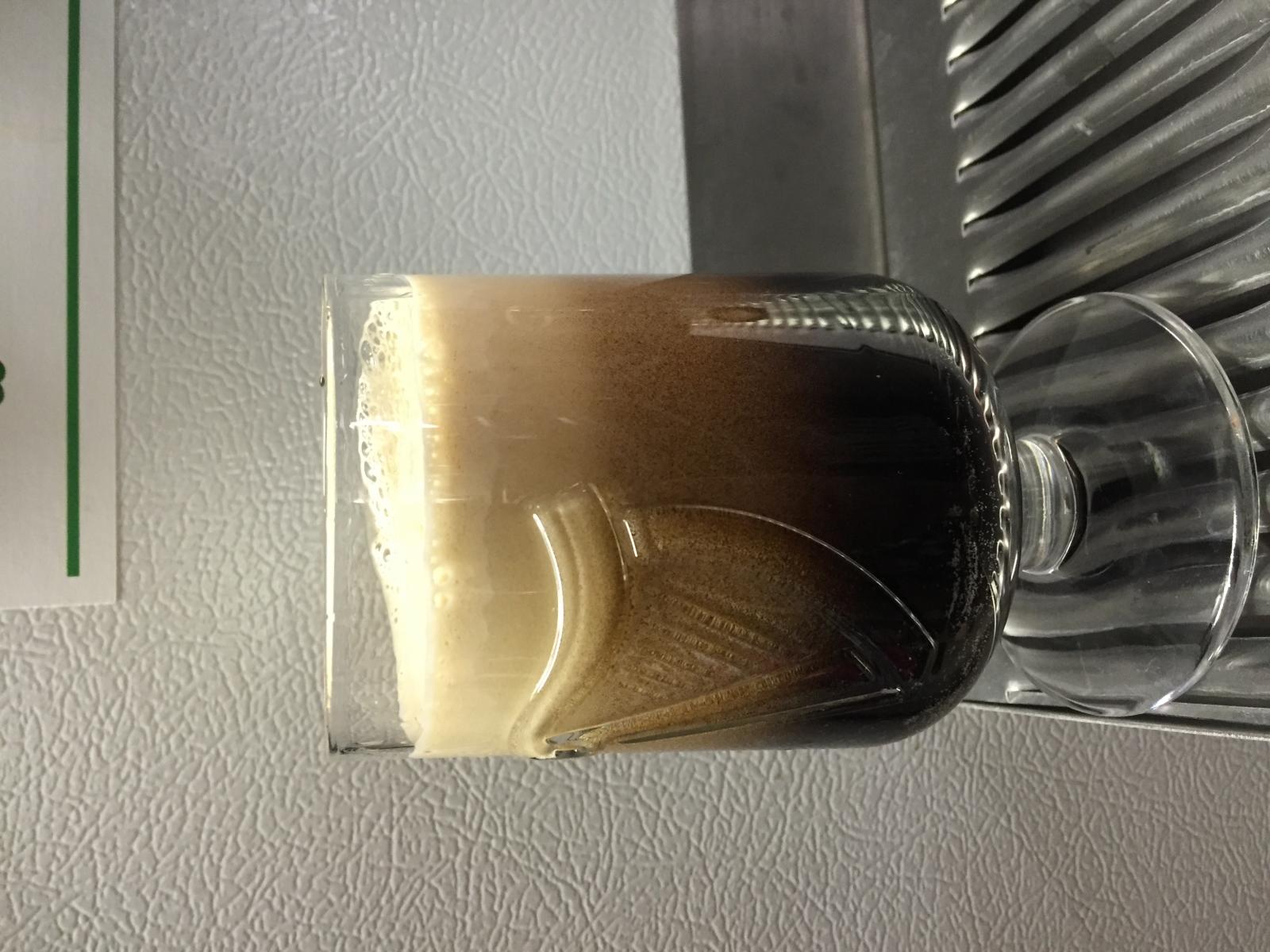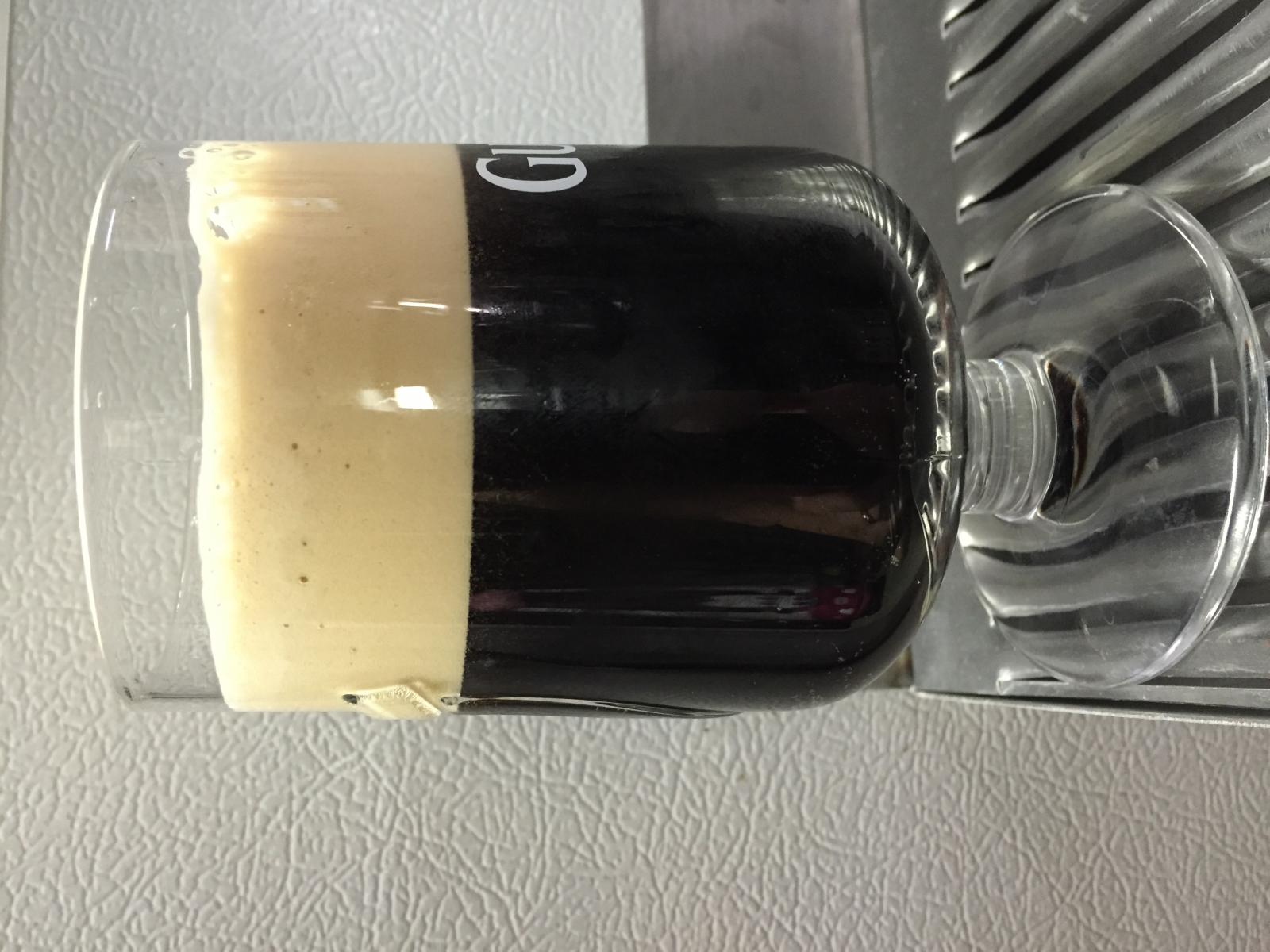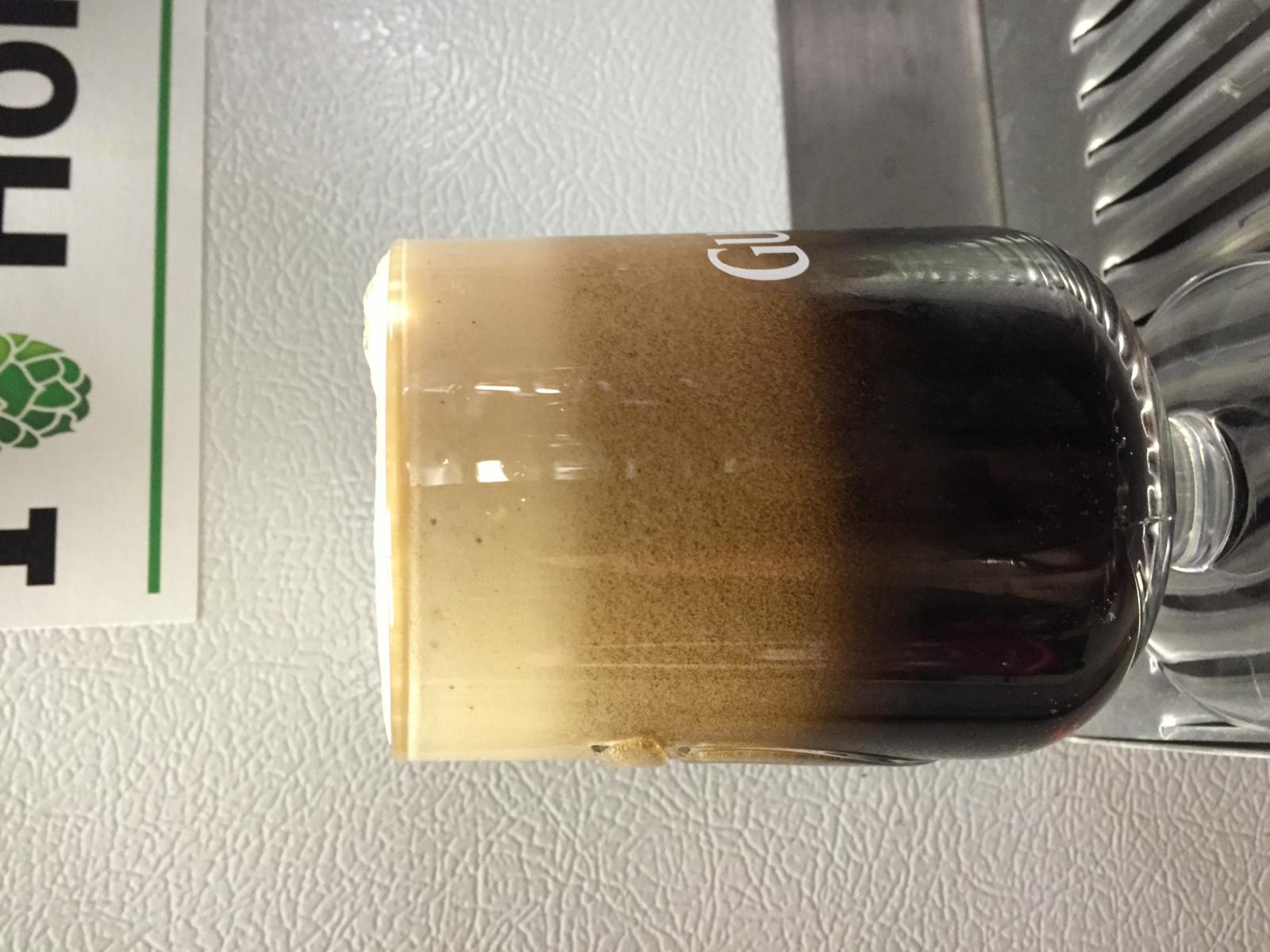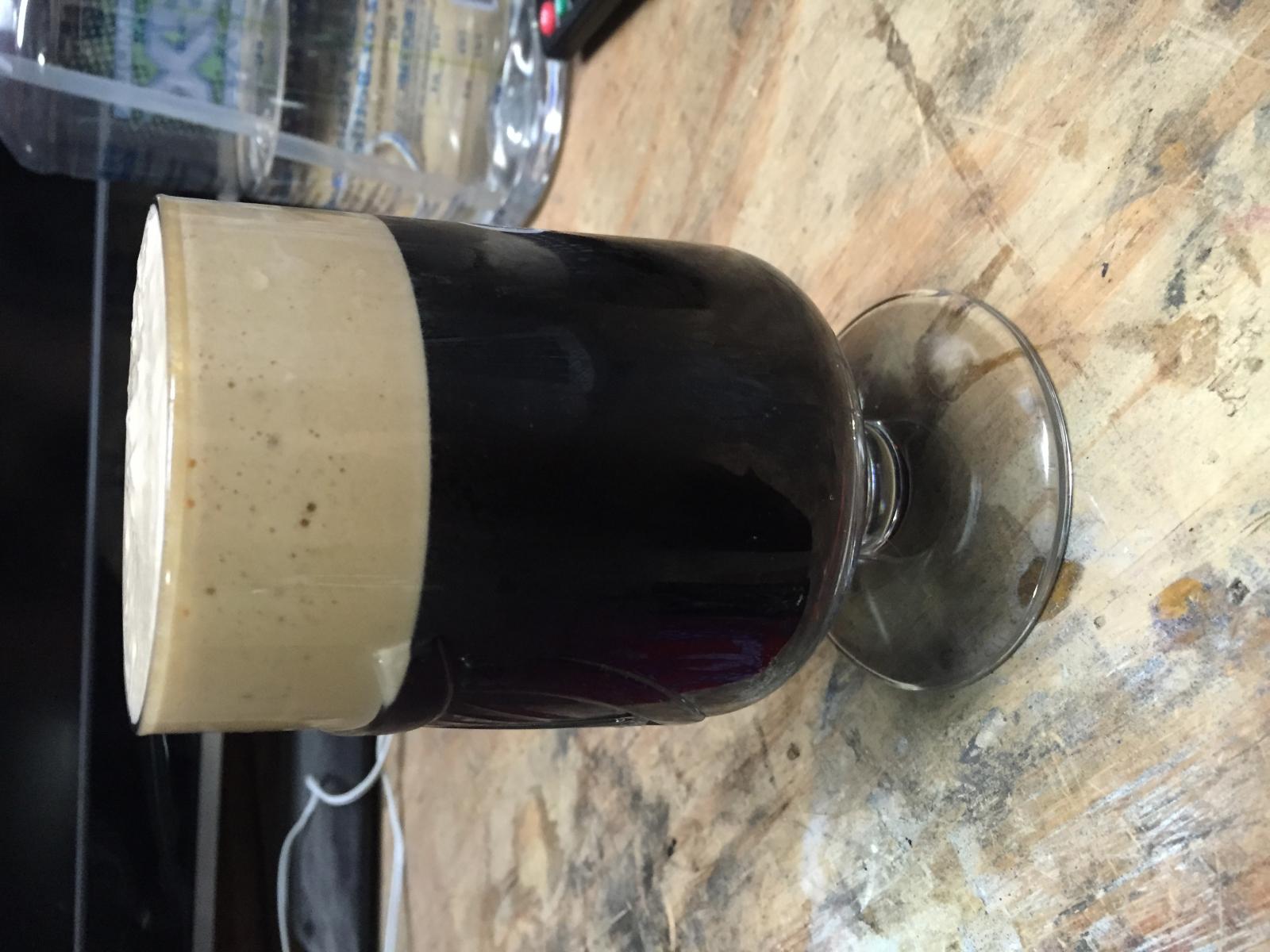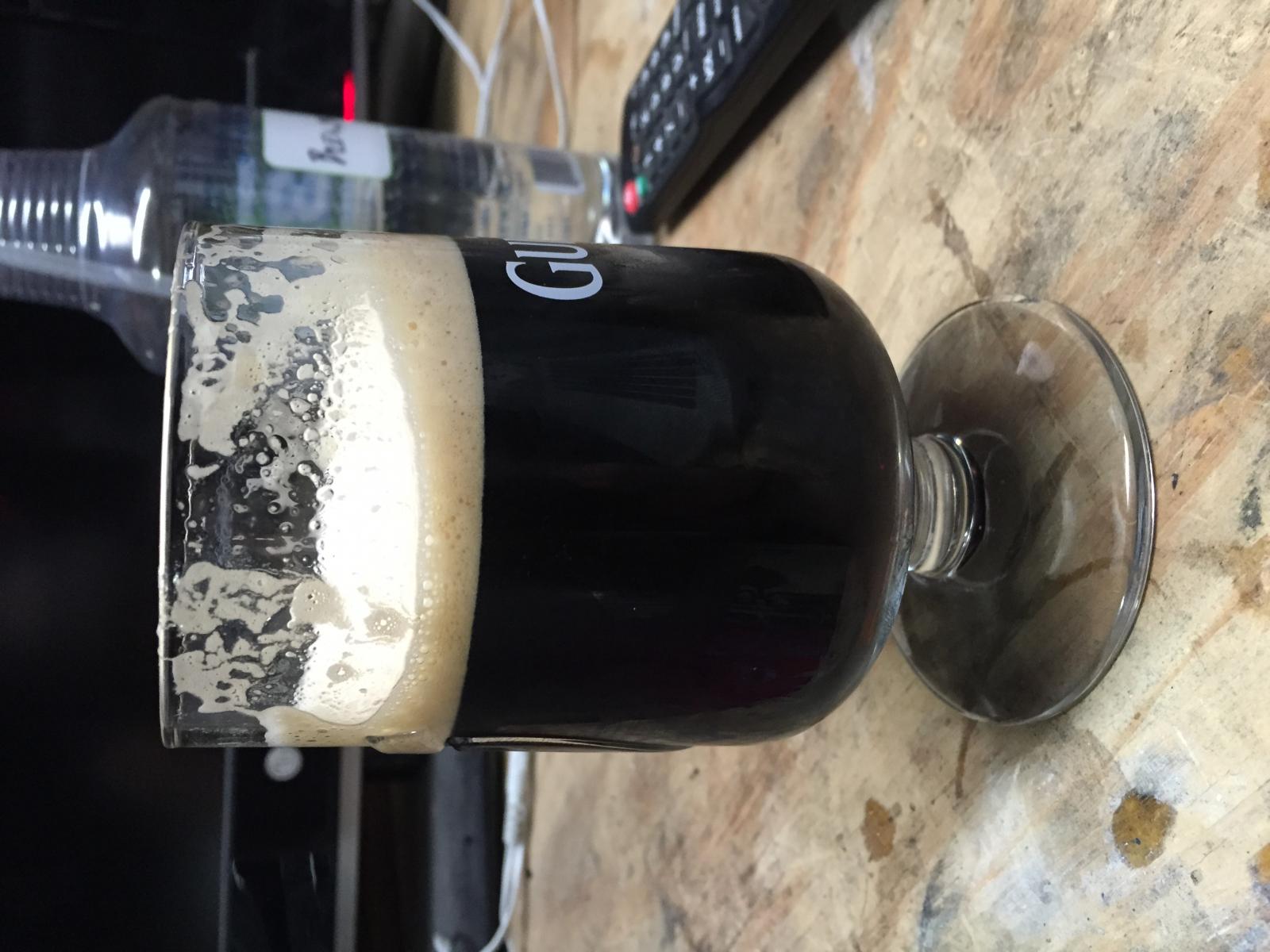hopjunkie26
Well-Known Member
So a while back, on a whim, I decided that I was going to convert one of my taps on my kegerator into a nitro tap. Got everything installed, lines ran, beer gas tank, regulator, everything.
So I hooked up a Pumpkin Stout that I already had on hand and was, at a minimum, partially carbonated on CO2. Let it sit for a week or so and poured a pint. I got the cascading effect from the nitro and good head to the beer, but the head wasn't thick like you would expect from a nitro beer. It dissipated and thinned out very quickly.
I thought it might need a little bit longer but, months later, still same result. Everything tastes fine with the beer (no off flavors or anything) but I just don't get that creamy, thick head on the beer.
Any thoughts? The only thing I can think of is that the beer was already fully carbed on CO2 and that is keeping it from being thick??? Not real sure.
So I hooked up a Pumpkin Stout that I already had on hand and was, at a minimum, partially carbonated on CO2. Let it sit for a week or so and poured a pint. I got the cascading effect from the nitro and good head to the beer, but the head wasn't thick like you would expect from a nitro beer. It dissipated and thinned out very quickly.
I thought it might need a little bit longer but, months later, still same result. Everything tastes fine with the beer (no off flavors or anything) but I just don't get that creamy, thick head on the beer.
Any thoughts? The only thing I can think of is that the beer was already fully carbed on CO2 and that is keeping it from being thick??? Not real sure.









































![Craft A Brew - Safale S-04 Dry Yeast - Fermentis - English Ale Dry Yeast - For English and American Ales and Hard Apple Ciders - Ingredients for Home Brewing - Beer Making Supplies - [1 Pack]](https://m.media-amazon.com/images/I/41fVGNh6JfL._SL500_.jpg)
















